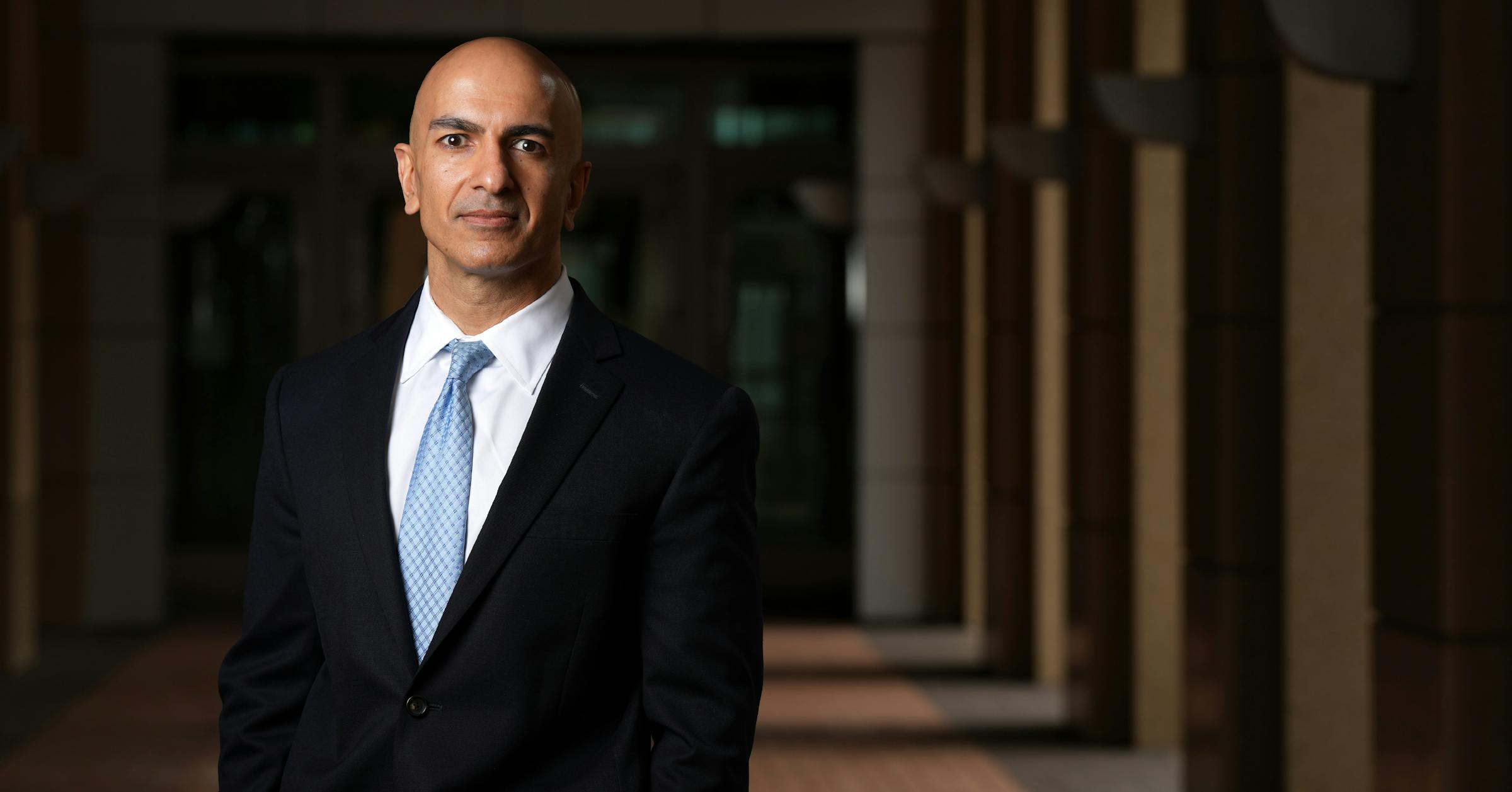
Minneapolis Fed President Neel Kashkari supported the Federal Reserve’s quarter-point cut to its key interest rate Wednesday and posited two more could be in store.
In a Friday essay, the Federal Reserve Bank of Minneapolis leader wrote while he previously advocated for two cuts in 2025, he’s now “nudged that up to three” if current market conditions persist.
“I do not believe we should be on a preset course for a series of rate cuts,” he wrote. “… We should be prepared to pause and hold our policy rate. I even remain open to raising the policy rate further if economic conditions warrant it.”
Kashkari, who will be a member of the Federal Reserve’s rate-setting committee next year, also commented on the possibility of losing control of long-term inflation. He posited several explanations for how to reconcile conflicting economic signals: a weakening labor market against a thriving stock market.
Inflation in August sat at 2.9%, with the Fed’s long-term goal being 2%.
The Fed’s “dual mandate” is to keep both inflation and unemployment in check. The central bank has only one lever to pull to accomplish those goals: interest rates.
“For me, the more likely risk is a rapid further weakening of the labor market. We know from past economic cycles that when labor markets weaken, they can weaken quickly and non-linearly,” Kashkari wrote.
“It is becoming increasingly clear that we won’t know these answers for several quarters or even a few years,” he wrote. “But these concerns suggest to me a risk of inflation persistence.”
More cuts this year could help lower the cost of credit and spur spending, which should lead to job growth.
“Recent indicators suggest that growth of economic activity has moderated,” Federal Reserve Chair Jerome Powell said Wednesday. “The moderation in growth largely reflects a slowdown in consumer spending.”
“Minneapolis Fed economists estimate that lower immigration can only explain one-third to at most one-half of the observed decline in job creation,” he wrote. “Weak labor demand is likely also an important driver.”
Meanwhile, the stock market is booming, a sign of confidence in the direction of the economy. But the stock market is not indicative of the economy of the whole, Kashkari points out, as growth has come largely from less labor-intensive industries, like data centers.
“Technology is driving rapid growth of industries that don’t require as much labor, resulting in a booming stock market and sluggish hiring environment,” he wrote.
The Fed’s benchmark interest rate affects credit cards, car loans and other lines of credit and is one of several factors that influence mortgage rates. Kashkari wrote the housing market “might not actually experience much relief from rate cuts.”
“A second risk to long-run inflation expectations is one of some political development that damages Fed independence and reduces confidence that the [Federal Open Market Committee] will set rates appropriately,” he wrote. “While a serious potential issue, managing it is outside of the control of the FOMC.”



